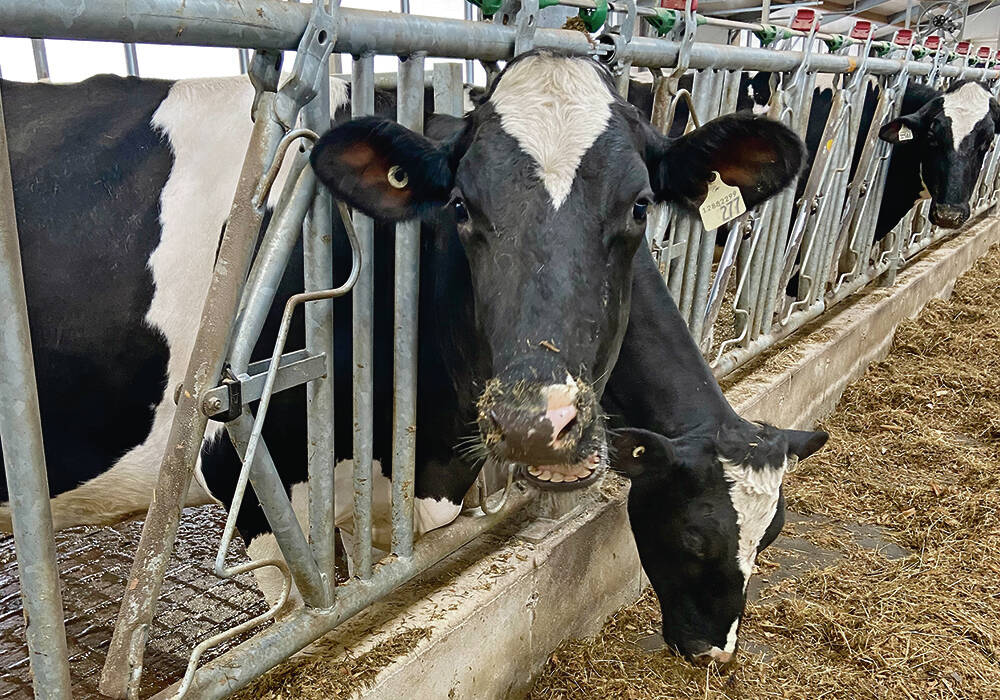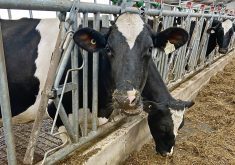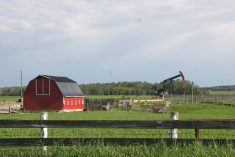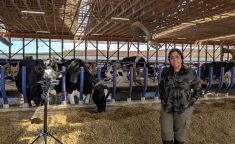Record-high feed corn prices this spring have increased expectations that U.S. cattle producers will reduce herds this year, directly impacting CME December live cattle futures.
December futures have dropped more than eight per cent this spring, and some analysts view the lower prices as a buying opportunity. Others, however, worry that bearish seasonal price trends, the nine per cent U.S. unemployment rate, and high gasoline prices will further drag on December cattle prices.
The U.S. cattle herd is already the smallest in more than 50 years and high-priced feed will likely shrink it even more, as producers quickly sell cattle to save on feed costs.
Read Also

Alberta Milk opens annual hospital fundraiser
Alberta Milk embarks on holiday season campaign to raise money for Alberta Children’s Hospital Foundation
By December, the number of cattle being fattened for slaughter should be the smallest of the year.
The buyer says…
Fewer cattle will drive prices up:
“I would be a buyer. I’m looking for a sharp downturn in placements and I’m looking for a spike in the corn price to about $10 (per bushel),” said Dennis Smith, broker with Archer Financial Services.
CME December cattle futures dropped from 126.4 cents per lb. in April to 115.7 cents last Monday, an 8.5 per cent drop, which Smith says makes it an attractive buy.
Smith bases much of his optimism on the fact that the U.S. cattle herd, at 92.6 million head as of Jan. 1, is the smallest since 1958.
In the past decade, the cattle industry in the United States has been reduced by a loss of beef exports, because of the 2003 mad cow case and soaring feed costs beginning in 2008. The cattle sector was further plagued by a recession that turned consumers away from beef to lower-cost foods, and a drought that destroyed pasture lands in the southwest.
The seller says…
Dan Vaught, owner and analyst at Vaught Futures Insight, is “generally bearish” toward deferred live cattle and would probably sell December futures at moderately higher levels.
“In order for the cash cattle market to return to levels we saw during the first quarter of this year, we probably have to see underlying beef demand recover,” said Vaught.
Domestic beef sales have struggled, as consumers were slow to return to restaurants. Robust beef exports were a key driver in higher beef and cattle prices earlier this year.
Rather than sell, some analysts prefer sticking to the sidelines with December cattle futures.
“We’re waiting for the cash to put in a low around $101 before buying. The severe drop in supplies that will hit at the end of the year and through 2012 trumps all demand concerns,” said Rich Nelson, director of research with Allendale Inc.
Cash cattle traded two weeks ago at $105 to $106.
Cash prices tend to decline during the heat of summer, which causes consumers to turn to lighter fare.
Analyst Tom Tippens, president of West Oak Commodities, agrees and would not be a buyer at current cash prices. He also expects cash cattle to decline into late July.
“The supplies are going to be much tighter as we get to the latter part of the year. The question that lingers is the demand question and that refers to the condition of the economics in this country and consumer behaviour,” said Tippens.
———
“We’rewaitingforthe cashtoputinalow around$101before buying.”
Rich Nelson Allendale Securities














